
Record or Take Notes?: What are the Pros and Cons
What are the pros and cons of recording and note-taking? Which one is right for you?
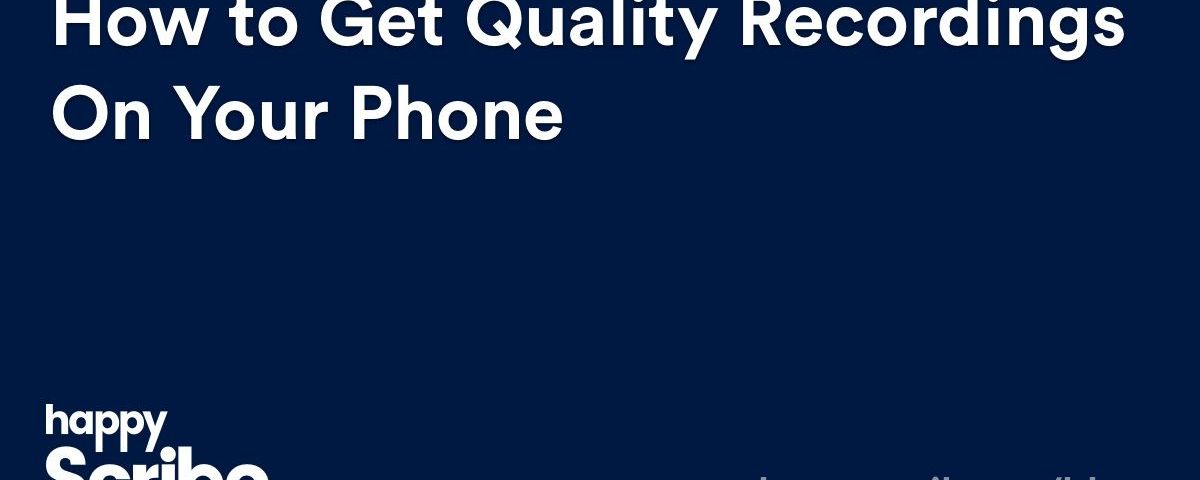
How do you get a quality audio recording on your smartphone? Follow these simple steps. Better audio means a more accurate automatic transcription.
In an ideal world, every time you wanted to record an interview, lecture, or meeting you would do so using a quality hand-held recorder. However sometimes, this is not possible. Sometimes an impromptu encounter leads to a spontaneous interview and all you have with your is your smartphone.
What do you do then?
How do you get a quality recording on your phone without your high tech gear and a recording studio?
Luckily it is still possible to capture great audio from your phone by optimising your built-in mic, using some best practice recording tips, downloading an app, and keeping a small portable mic to hand.
Your smartphone built-in mic isn’t fantastic, but you can improve it by altering your settings.
If you are using the Voice Memo app installed on your iOS device, you can improve the audio capture further by going to Settings > Voice Memos > Audio Quality > and change the quality from Compressed to Lossless. This will take up more storage space, but it will improve your audio.
With your built-in mic now at its recording best, there are some additional human tricks and tactics you can use to enhance the sound quality:
Take a moment to identify where your mic is on your phone. Most smartphone microphones are located near the bottom of the handset.
Be sure that your case and fingers don’t obstruct the microphone when recording.
For the best quality, point the microphone toward the person or conversation that you want to record.
The closer you are to the person you want to record the better the sound quality. So if necessary, more closer to the lecturer or speaker.
However, there is such a thing as too close! Be sure to keep the mic at least a couple of inches from the person speaking. If you don’t, you will distort the sound.
You don’t always have control over the environment you will get to record in, but there are some steps you can take. For one, face away from wind and keep your mic in a secluded location. Also, if possible to move away from other speakers, do so.
If possible, place your phone on a stack of books near to your chin level. Keeping the phone steady will decrease the chance of getting spotty, broken sound.
You don’t want to interrupt your interview with your phone buzzing with a phone call or reminder. Therefore, be sure to turn on do not disturb and remember to turn off all vibration settings.
Another way to enhance the audio recording on your phone is to download a dedicated voice recorder app.
There are a lot of options on the market. However, in my extensive research these two options repeatedly came up as the best for iPhone and Android.
For iPhone, consider downloading the Griffin iTalk Recorder. iTalk Recorder is a full-featured recording app that is simple to use. It comes with three levels of recording quality: good (11.025), better (22.05) or best (44.10 kHz) and you can email your recording straight from iTalk. Additional features include a built-in search function to locate recordings by title and the ability to share the file with other apps like Dropbox, Notes, Slack, and Google Drive.
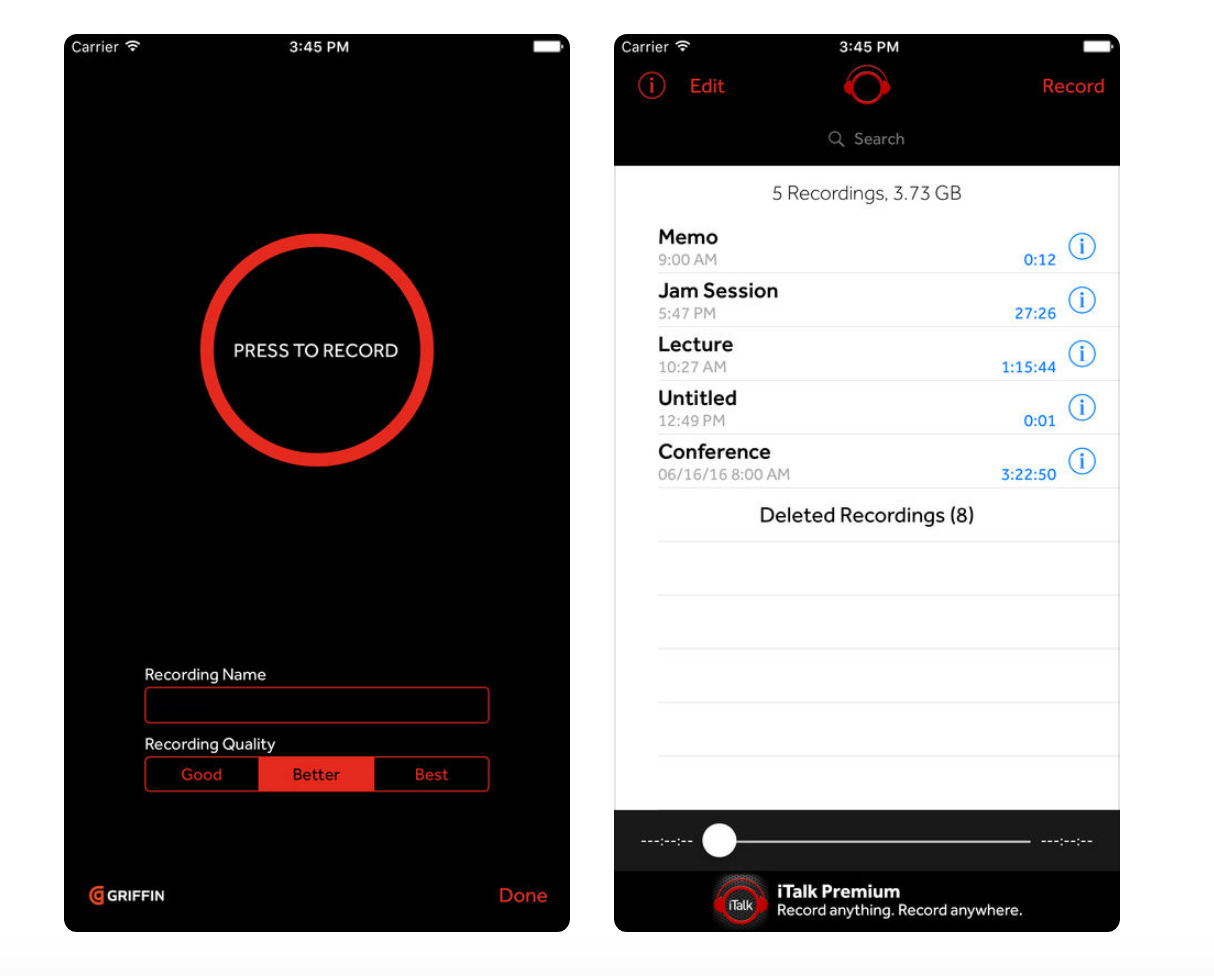
For Android, download the Titanium Recorder. Titanium Recorder is an excellent high quality recorder app that records in HD with no file size limit. Like the Griffin iTalk Recorder, it also has an inbuilt file manager to organise your files. Titanium Recorder requires Android 4.3 and above, but is offered free on the Play store with no restrictions to the user and zero advertisements.
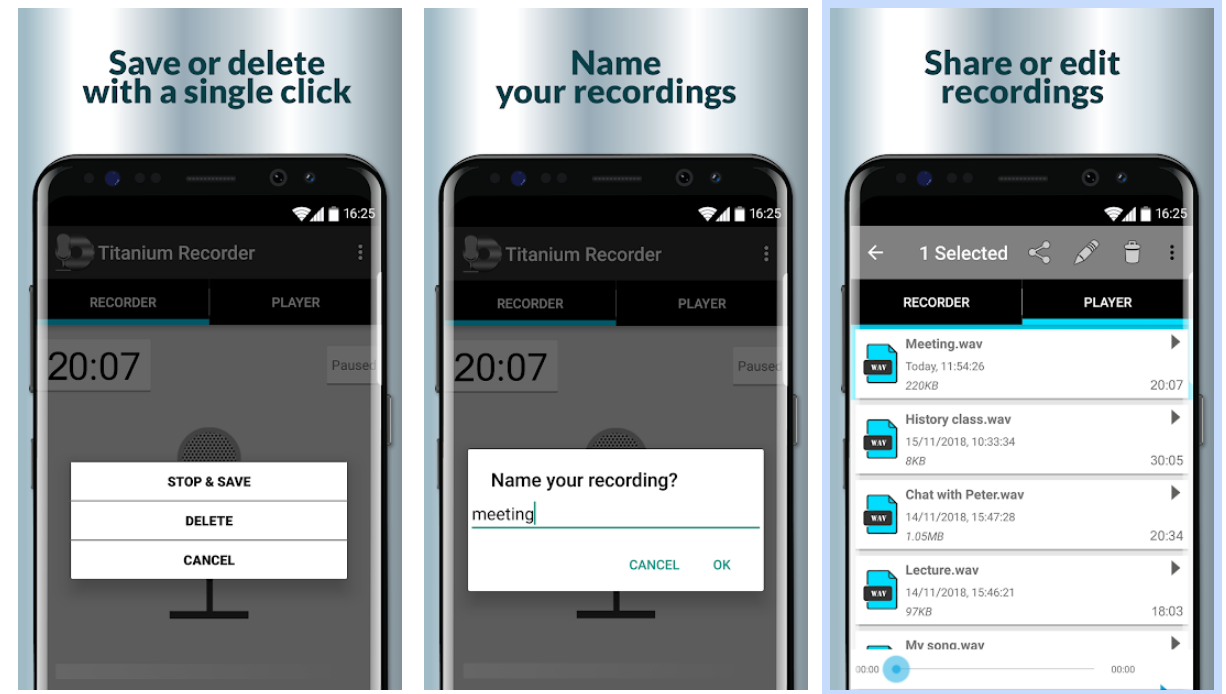
The best way to improve the sound of your phone audio recording is to add an external microphone. I appreciate that it isn’t practical to be carrying around a large external mic with you at all times. However, there are now a few small portable microphones on the market that you can carry with you to help in a pinch.
If you have an iPhone, invest in a Zoom iQ6. The Zoom iQ6 is stereo X/Y microphone that easily connects to your iPhone via the Lightning port. The best part is that it is small enough to slip into your pocket or keep floating around your handbag. It is the perfect, portable companion to record lectures, meetings and interviews with precision and full fidelity. Retailing at around US$100, it isn’t the cheapest on the market, but it is portable and great for the on-the-go.
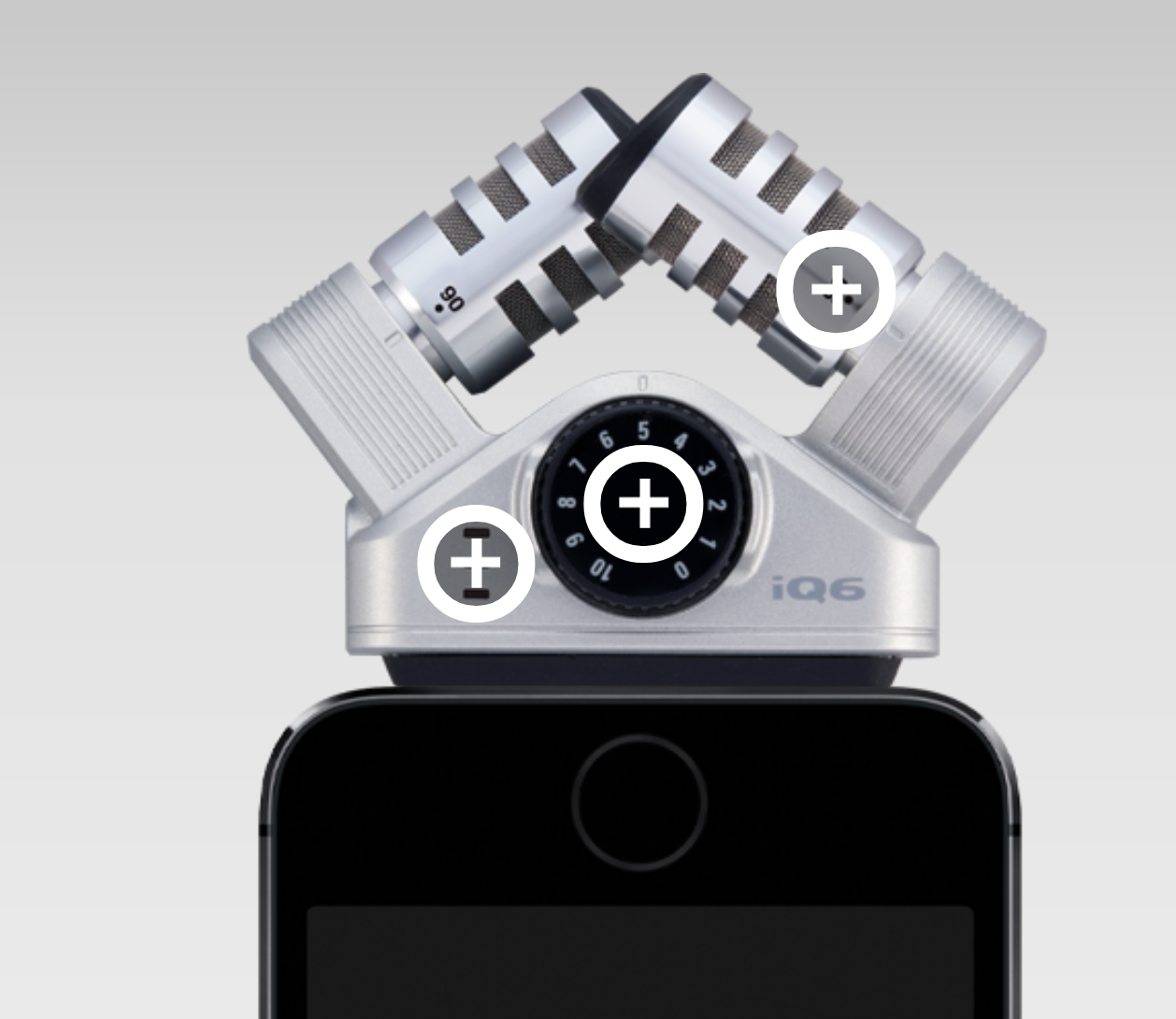
Another portable option is a lapel mic. The benefit of a small cavalier microphone is that it can be clipped on to your interviewee’s clothing or on the edge of a table to help capture high-quality clear sounds. The Movo PM10 is a great lapel mic option for a mere US$15. It is also highly portable coming with a compact travel case. Simply plug the included 3.5 MM TRRS compatible jack into your smart phone and hear drastically improved audio. With newer iPhones you may need to have a lightning to headphone jack adapter in order to use it.

By implementing these tactics you can vastly help improve your audio quality on the go. Better audio quality means a better accuracy rate when using automated transcription services like Happy Scribe. It also means you are less likely to miss important words and phrases in your recording.
If you need help converting your audio to text after it has been recorded, please don't hesitate to contact us.

What are the pros and cons of recording and note-taking? Which one is right for you?
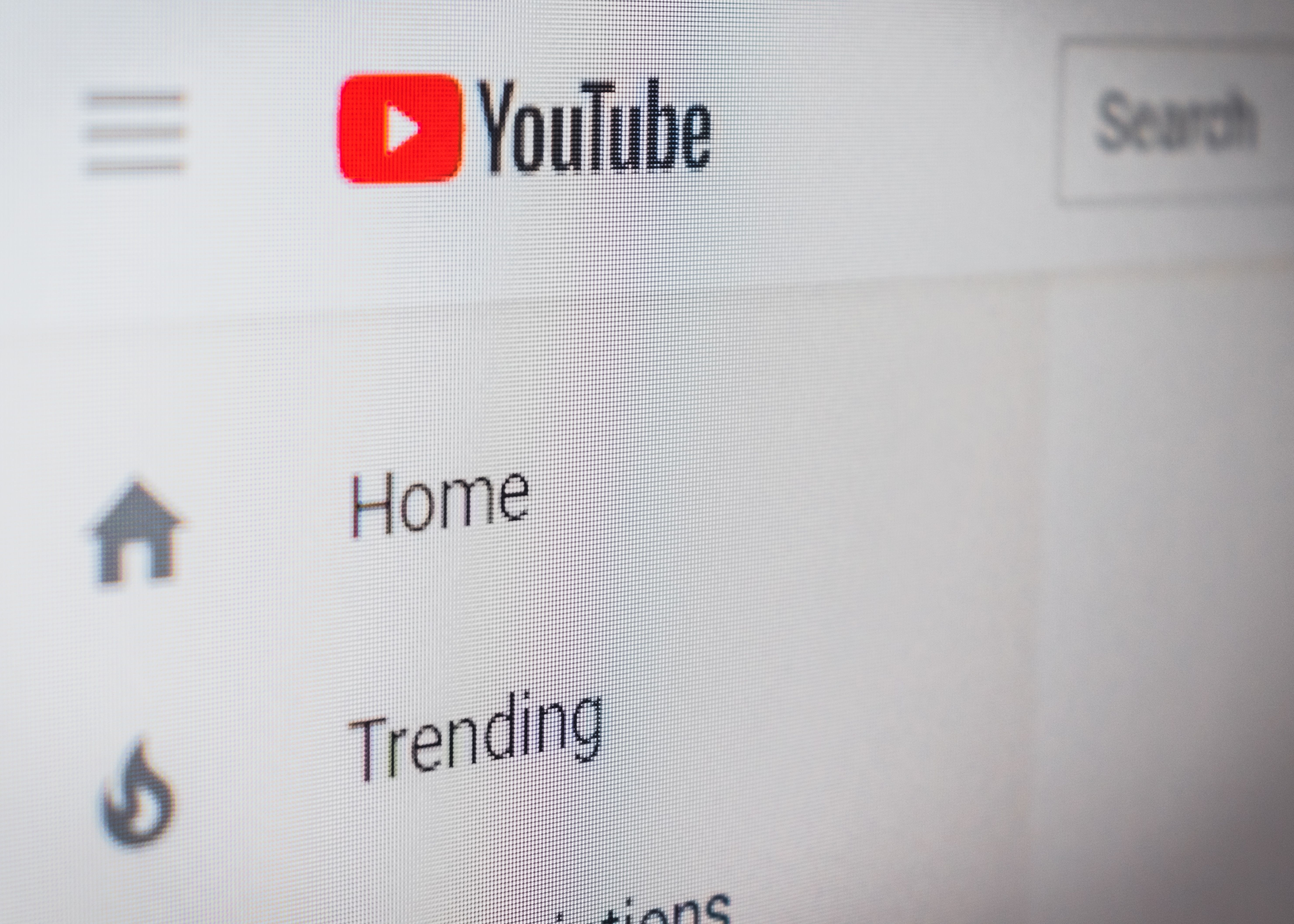
Have you ever wondered how to add captions to YouTube videos? Well, this step by step guide will show you how to get accurate captions quickly.
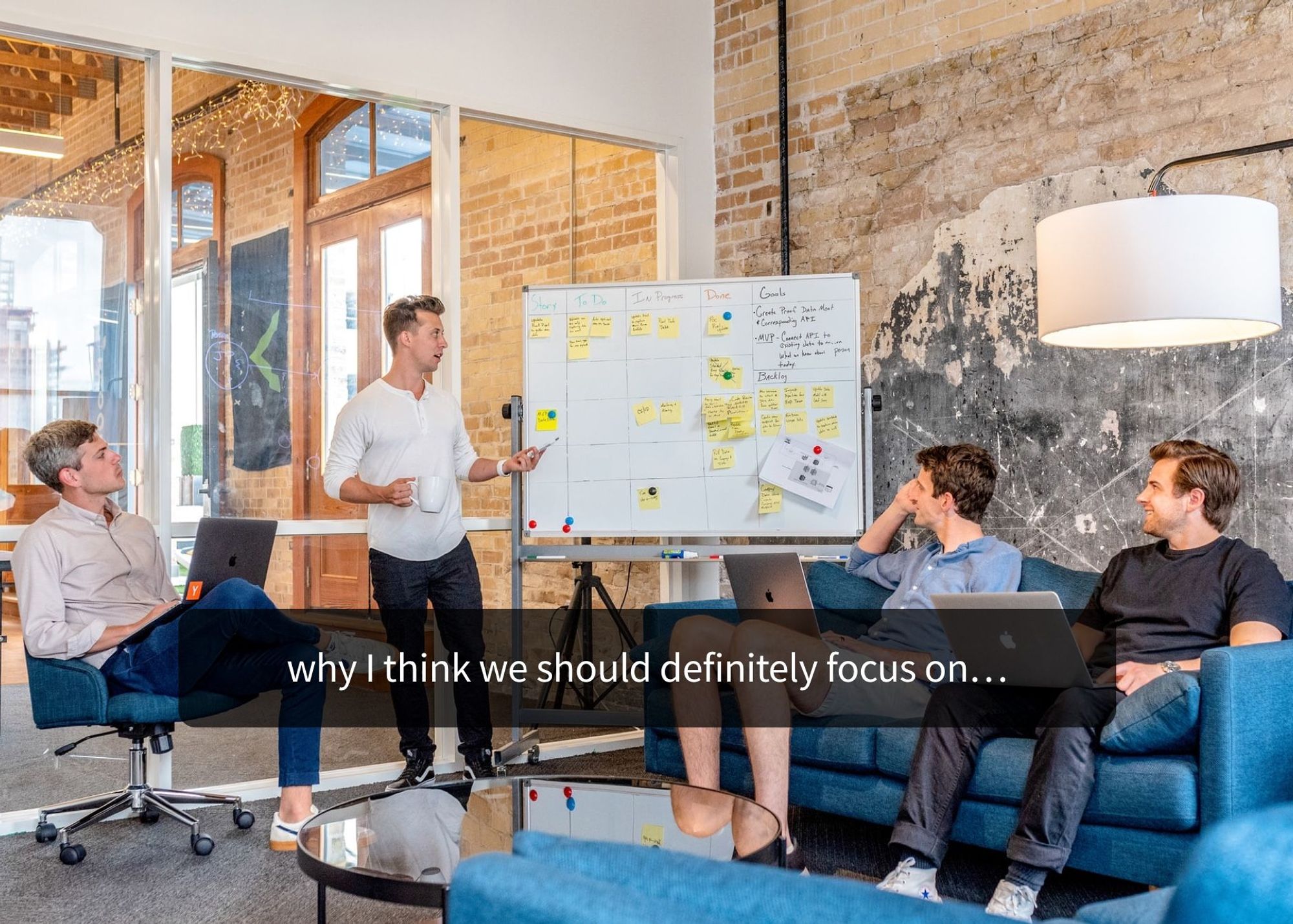
Your subtitles need to be readable and perfectly synced with the video and perfectly follow the reading skills of your audience. For example, you don't make subtitles for adults the same as subtitles for children.
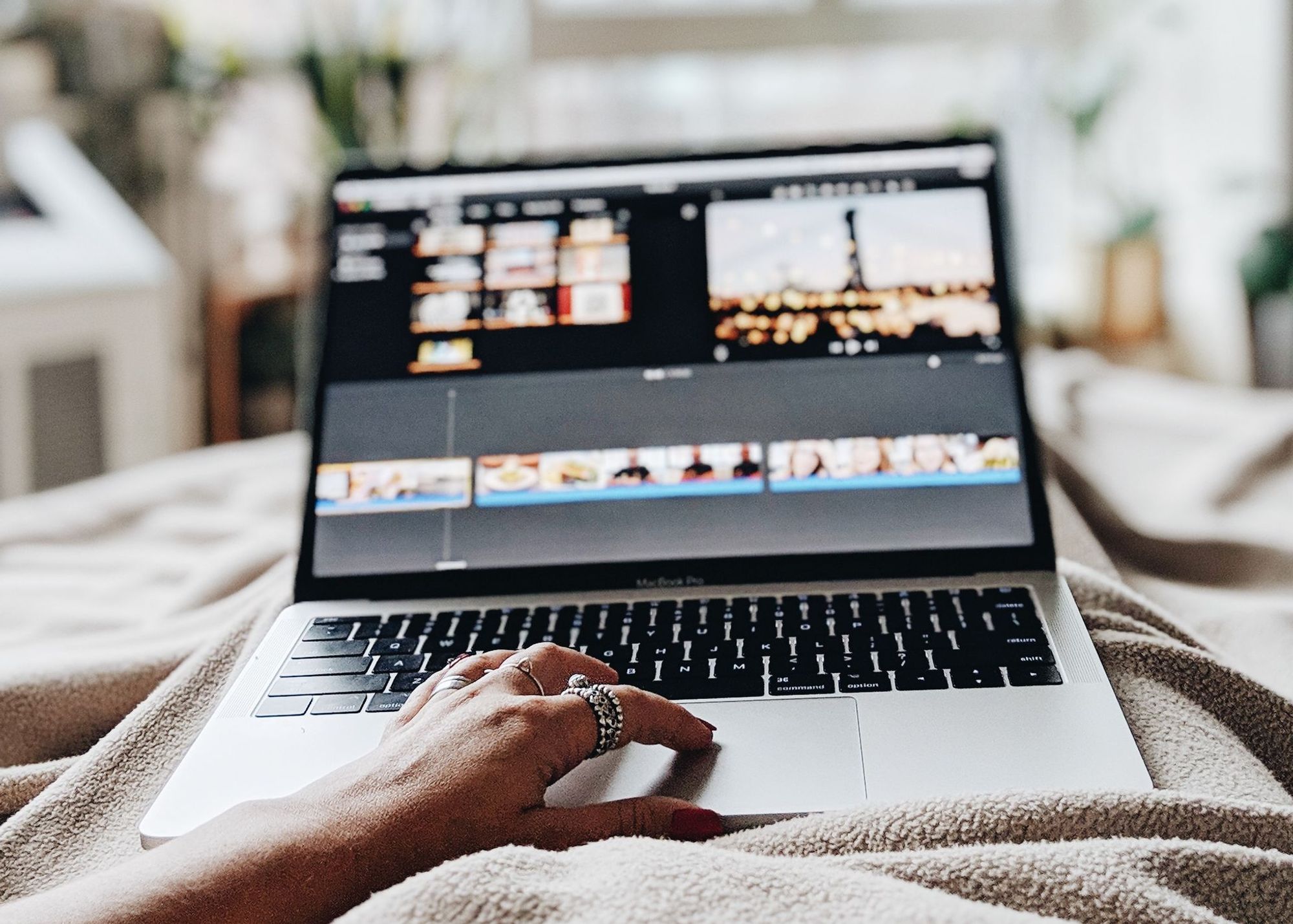
Use Happy Scribe to get a free SRT file for your 30-minute video.

Adding subtitles to videos can increase audience engagement, improve accessibility, and help promote a positive image of a company, making it a useful tool for job postings and promotions.
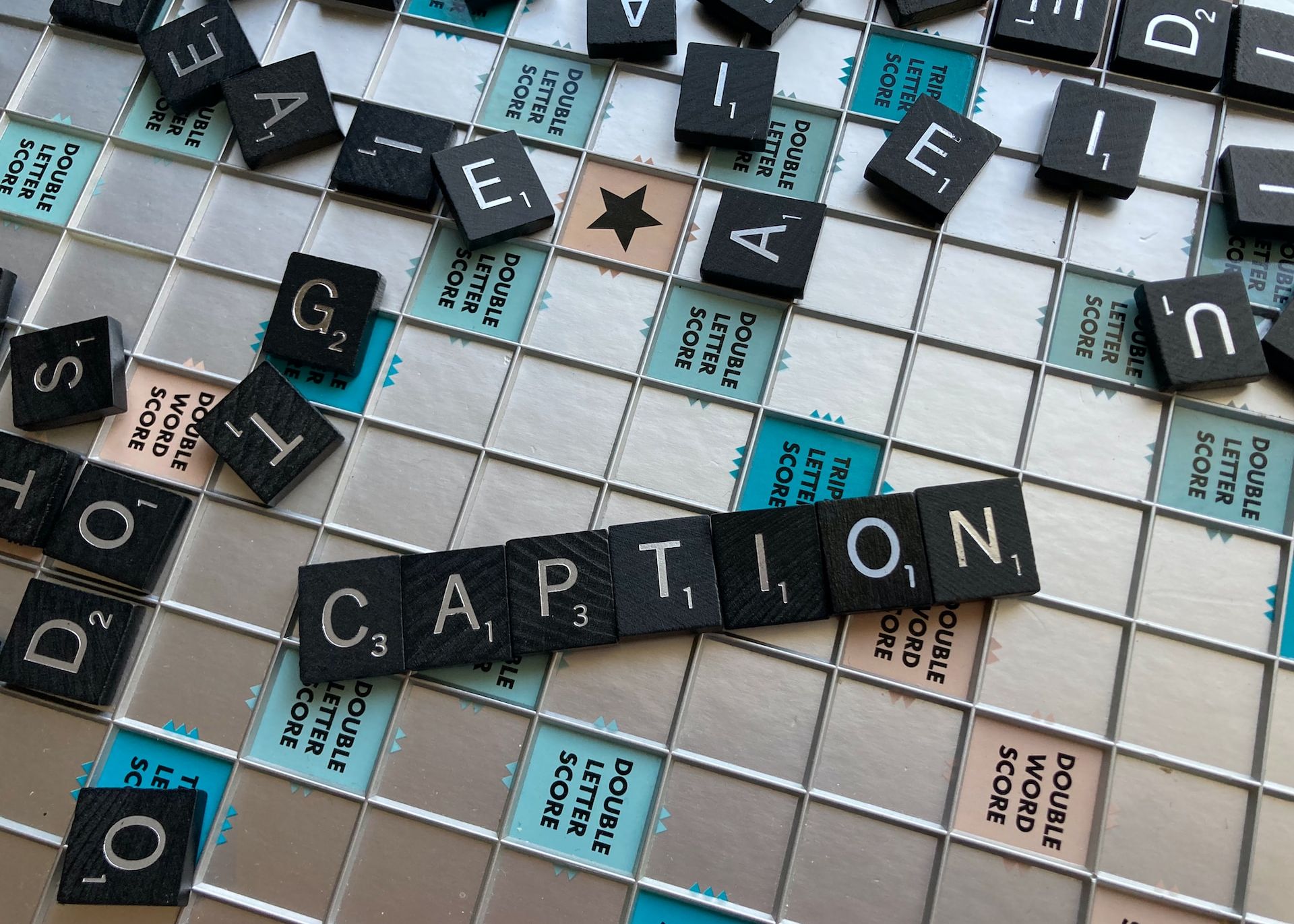
Dive into the differences between SDH and closed captions, and discover how Happy Scribe can revolutionize your video accessibility with automatic, customizable, and multilingual transcriptions.
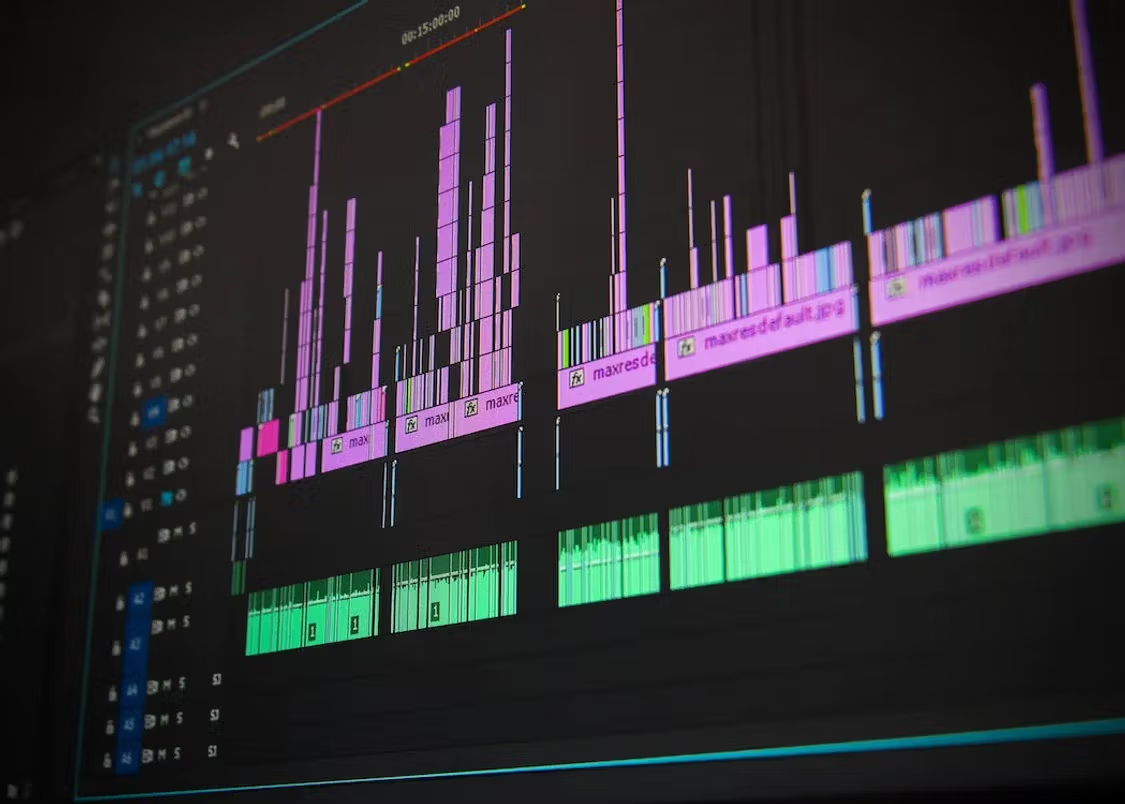
Not sure how to add subtitles to a YouTube video? In this article you will find some of the best and easiest ways to add captions to videos.
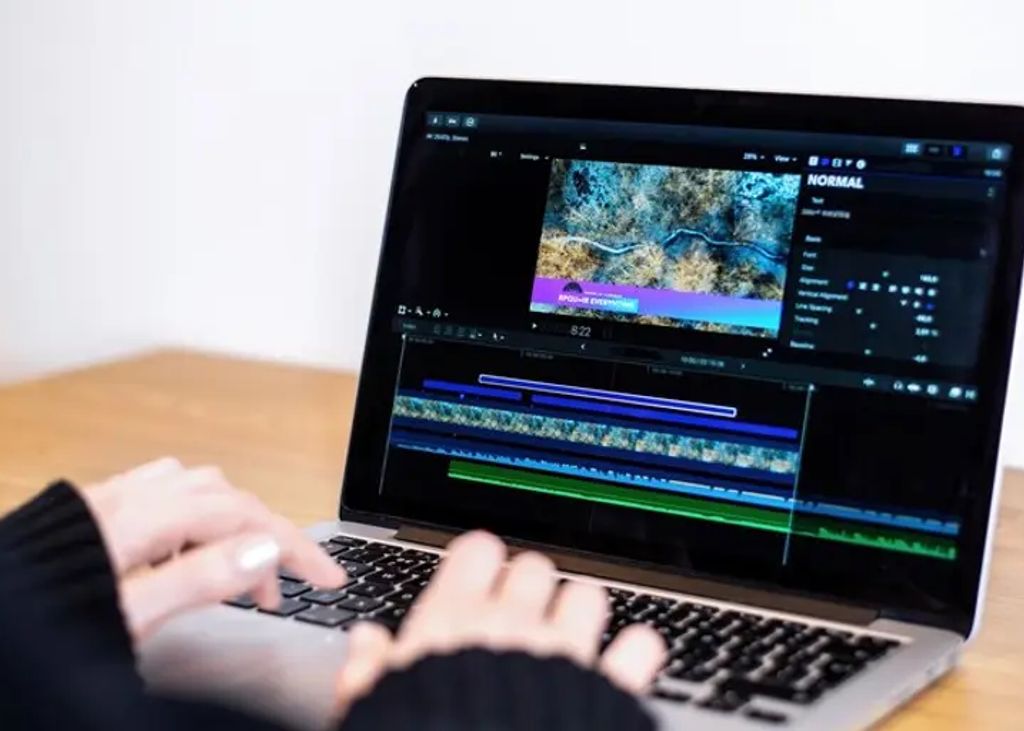
Do you need Spanish subtitles for your videos? Learn how to translate and transcribe English audio quickly while maintaining contextual accuracy.

In this article, you'll learn all about the European Accessibility Act (EAA) and its requirements for making audiovisual content accessible through subtitles and captions. It also explains how automating the subtitling process can save you time and money, improve accessibility, and engage a broader audience. Article written by Henni Paulsen, June 2024.

Discover why the Web Content Accessibility Guidelines (WCAG) are crucial for subtitling and transcription, helping media companies ensure inclusivity and reach a wider audience. This article explains how WCAG standards support the deaf and hard-of-hearing community with high-quality, accurate subtitles. Learn how following these guidelines can improve your content’s accessibility and create a more inclusive digital experience. Written by Henni Paulsen, June 2024.